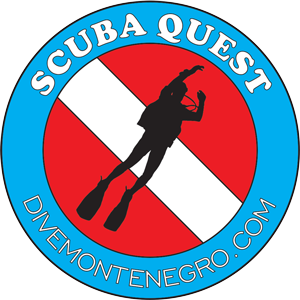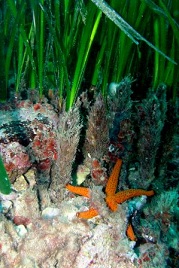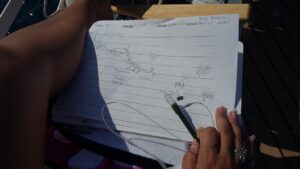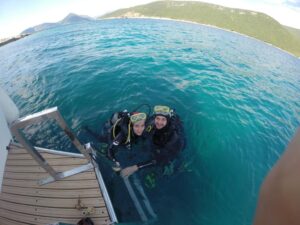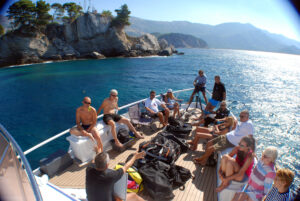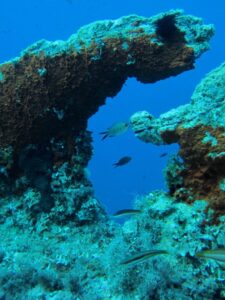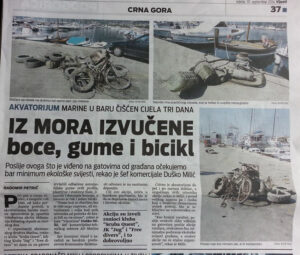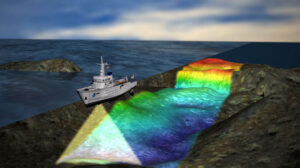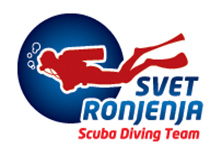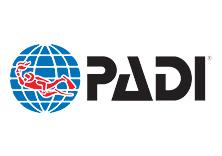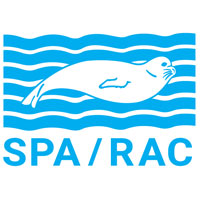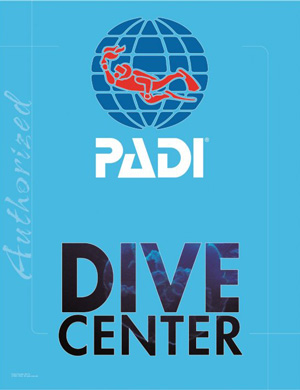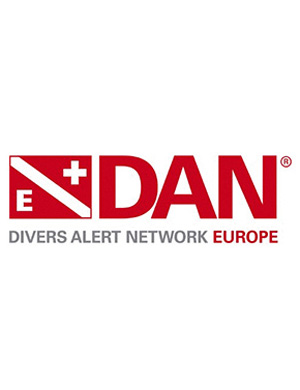Over the period of May/June 2010, dive center “Scuba Quest Montenegro” and specialized dive boat “Downunder” were part of the pilot project to establish the first Marine Protected Zone in Montenegro.
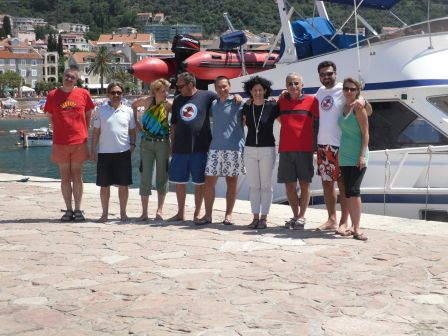
Protection of the marine life and natural characteristics of the coastline in Montenegro are some of the key requirements for sustainable development of the country. Meeting European standards related to environmental preservation issues is essential for the country’s pending integration into the European Union. In order to ensure fulfillment of this important goal, the Ministry of Urban Planning and Environmental Protection introduced a project in 2008 for the development of a management plan to create the first protected marine zone in Montenegro. This project is part of the activities for the implementation of the National Strategy for Sustainable Development of Montenegro, and is sponsored by the Italian Ministry of the Environment Land and Sea.
The research team included five Italian and Montenegrin marine biology experts, three project coordinators, and three members of support staff from Montenegro. Marine biologist Dr. Vesna Macić, expert in marine ecosystems from the Institute for Sea Biology in Kotor, was asked to take part in the project as a local scientific supervisor. Representatives of the national and local authorities were invited as well, to help and get involved in this project. Dive center “Scuba Quest” has provided all necessary technical and logistic support for the project.
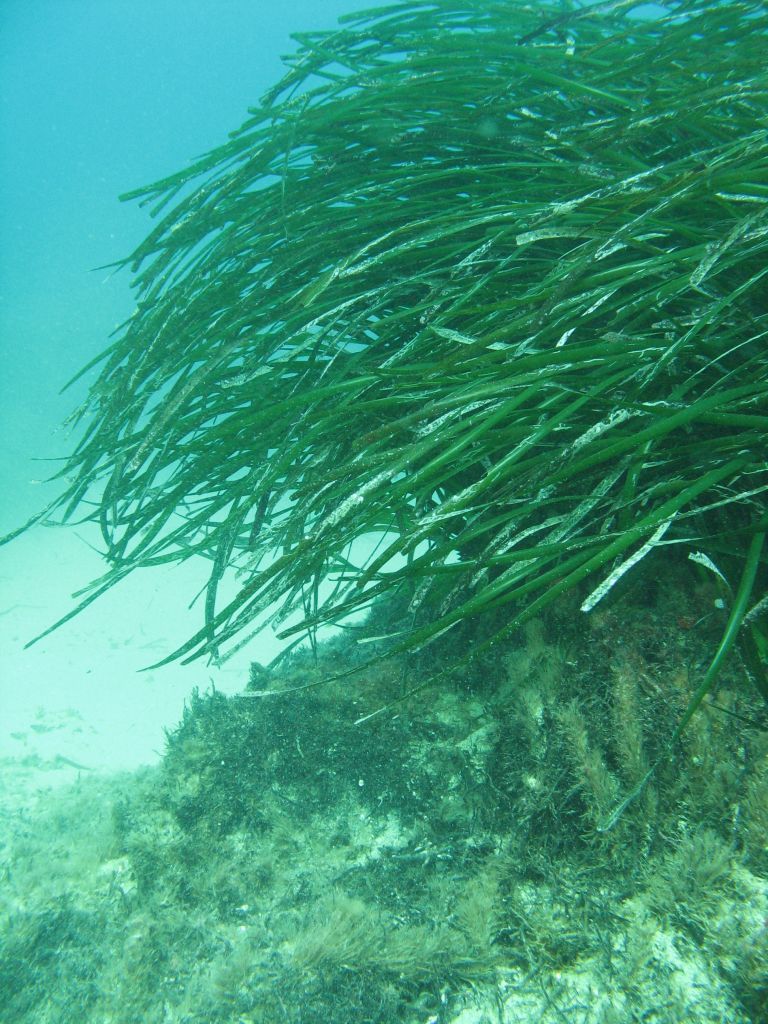
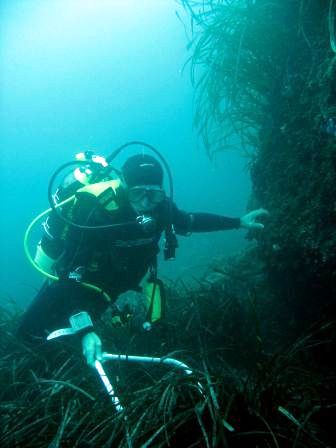
Over the years, coastal and maritime zones have been under increased pressure from human activities. This caused a threat to precious and vulnerable ecosystems. Increased urbanization and tourism has led to rapid degradation of natural habitats, especially in areas near the coast, on beaches, coastal wetlands, and caves. Progressive decline of the fishing harvest from year to year is a clear indicator that the marine life is undergoing pressure due to construction, illegal fishing practices, pollution, waste emissions, and excessive use of natural resources.
After consulting relevant stakeholders, the Ministry of Urban Planning and Environmental Protection selected the site for the pilot Marine Protected Area. It covers the area from Perazića Do to Black Cape, which spans approximately 12 km of coastline between Budva and Bar. The small town of Petrovac, located across from the Katič and Sveta Neđelja islands, is located in the center of the first Montenegrin MPA.
Over the years, similar to other seaside cities, Petrovac experienced the expansion of beachfront and nautical tourism, as well as a boost of tourism infrastructure. Necessary environmental infrastructure however, which is expected to ensure adequate control related to environmental protection, has not been fully developed.
Local economic activities are mostly seasonal and related to tourism. There is no major industry in the surrounding area. Preliminary research indicates that traditional local economic activities would be sustainable in coexistence with the MPA, in respect to its dedicated area.
The survey of marine ecosystems is conducted as a pilot project for mapping the natural habitats in MPA.
The first phase of the survey was conducted in May 2010. It included the first survey of the sea-bottom with an underwater camera towed by the research boat “Downunder”. Water quality measurements were carried out with a multi-data probe. The second phase of the survey was conducted in June of 2010. A research dive team conducted a visual census of the fish population and qualitative and quantitative assessment of the sea grass meadows of the Posidonia Oceanica and Cymodocea Nodosa.
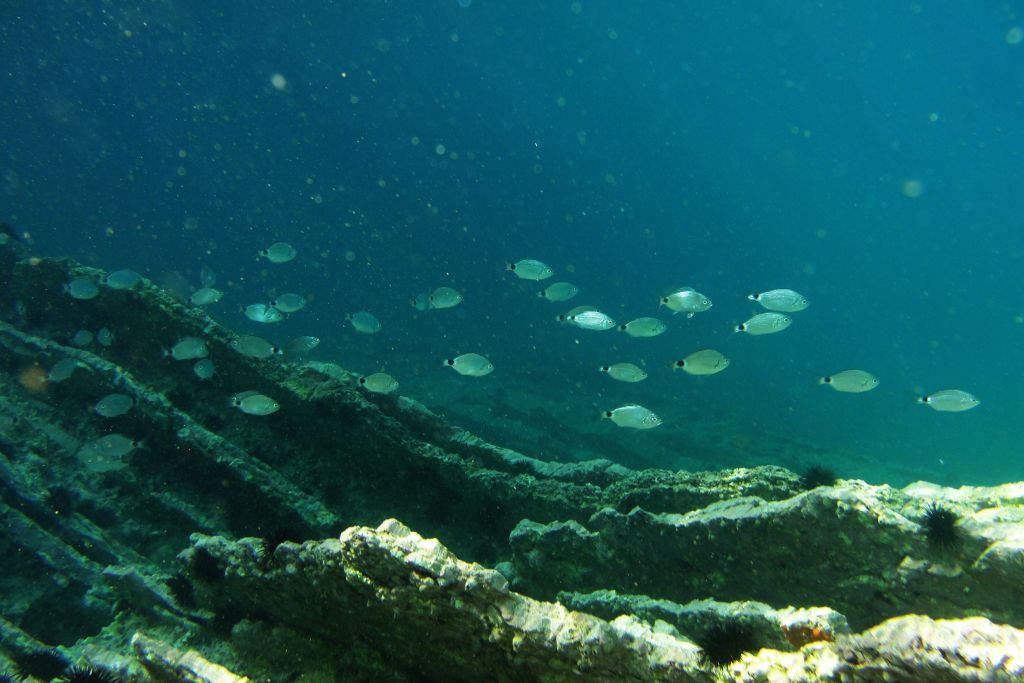
Preliminary results:
Quality of the sea water is good on average, without any indication of heavy pollution.
Good condition of the sea grass meadows is observed in the area of research. However, there is an obvious degradation process in some areas.
Presence of several protected species were observed such as: sea grass Posidonia Oceanica and Cymodocea Nodosa, Date Mussels, Bačvaš snail, Palastura shell, violet sea stars, Zezavac crab, sea sponge, Grouper, sea horse, Cistozira algae.
Following the establishment of the national MPA, these important species could be a good reason to add this MPA to the list of zones of special importance for the Mediterranean.
Negative effects on the ecosystem are reflected by a small fish population.
A large impact is caused by unsustainable fishing practices and illegal activities, such as: net dragging close to the coast, harvesting date mussels, fishing with explosives, underwater fishing with scuba diving equipment, and dumping construction waste into the sea.
Existing laws have not been implemented sufficiently. There is no effective control over nautical and water sports, as well as beach zones.
There is a good potential for sustainable traditional activities and tourism.
One clear example of the ecosystem destruction, although illegal, is constant: the harvesting of Date Mussels. Very high prices and demand for these shell drive scuba divers to hammer out chunks of stone containing Date Mussels, despite the fact that their harvest and sale is prohibited by law.
This activity has a serious impact on the flora and fauna of the seabed and causes increased population of sea urchins
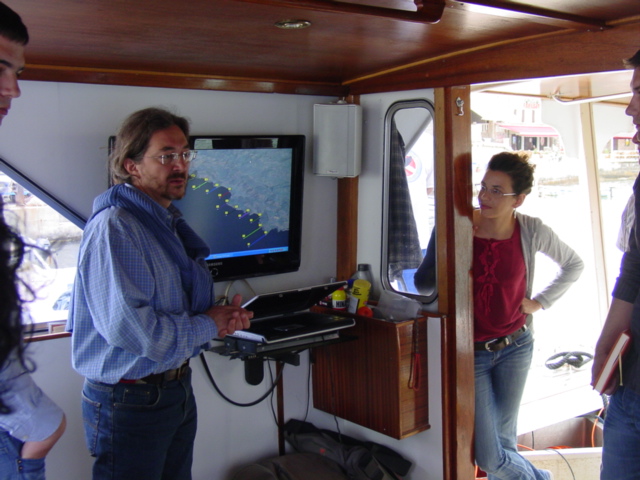
Re-colonization of the devastated areas will take decades.
Another critical issue that concerns sea life recognized in this project is the preservation of the sea grass meadows. Sea grass is a rooted blossoming plan that forms dense and highly productive foundations of great importance to fish and shellfish. Sea grass is a crucial habitat in the life cycle of many organisms. Sea grass meadows represent an ideal environment for offspring of many organisms that would not survive at the bottom without vegetation. Meadows increase food availability and are safe havens from predators, which makes them a key factor in the development of the fish pool. As result, fauna and flora are scarce at the bottom without vegetation, and thrive around sea grass meadows.
Posidonia Oceanica is long-lived, slow-growing species. Computer models, based on rhizome growth and the pace of the root development, show that it takes 350 years to develop a clone with a radius of 15 meters.
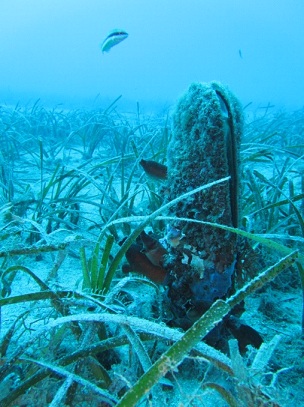
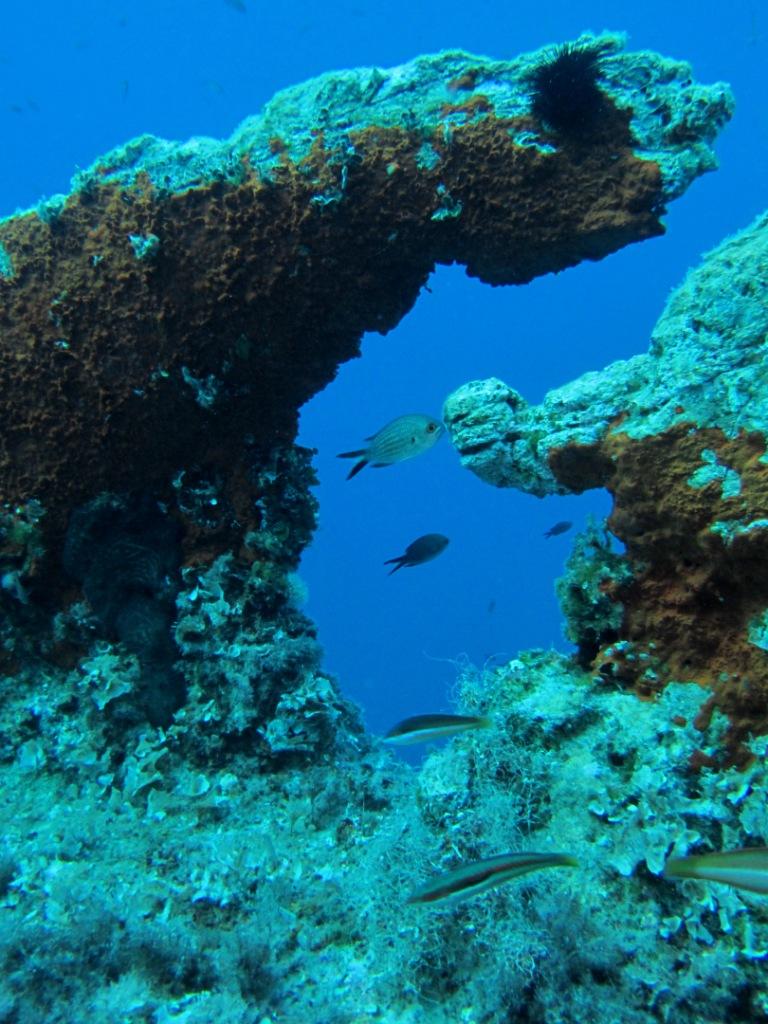
In the Mediterranean Sea, the underwater sea grass meadows of Posidonia Oceanica cover 25% of the seabed at depths of up to 40 meters. Posidonia meadows are on the list of priority habitats according to the European Directive of Habitats.
Being such slow-paced growing organisms, they reflect conditions of their environment, and they are excellent biological indicators that environmental monitoring and coastline management can rely on.
Nevertheless, sea grass meadows are in regression, as they are subject to many pressures: shoreline construction, urban and industrial pollution, mechanical destruction, and saturation with excess nutrients that are the product of aquaculture and urban activities.
Sea-grass is especially vulnerable to human activity. It has been considerably declining in many coastline areas, due to pressures such as: over-fertilization, clouding of the water, mud deposits, and mechanical disorders.
The Marine Protected Area is a place where current trends of the social and economic development are harmonized with the need for environmental protection according to the highest possible standards, with an aim to contribute to preservation, recovery, and improvement of the biological diversity of the shoreline.
Methodology for management of the pilot MPA in Petrovac is designed to be implemented in the future for other protected zones along the Montenegrin coast.
Establishment of the MPA zones, along with protected land areas of importance for the diversity of plants, animals, and natural habitats represent an effective tool for providing permanent protection and wise use of natural resources.
